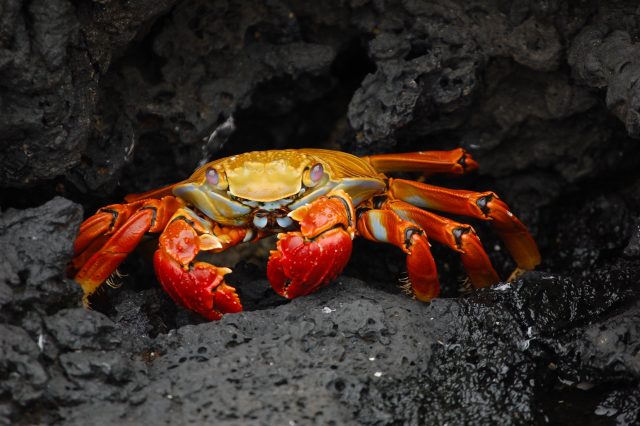Join our monthly email mailing list to get all the latest information and news from X-Yachts directly in your inbox.

Galápagos: a wealth of unique wildlife
Visit the pacific islands that inspired Charles Darwin's theory of evolution

Visit the pacific islands that inspired Charles Darwin's theory of evolution
The Galápagos Islands are an archipelago of volcanic islands distributed on either side of the Equator in the Pacific Ocean surrounding the centre of the Western Hemisphere, 906 km (563 mi) west of continental Ecuador, of which they are a part.
The Galápagos Islands and their surrounding waters form the Galápagos Province of Ecuador, the Galápagos National Park, and the Galápagos Marine Reserve. The principal language on the islands is Spanish. The islands have a population of slightly over 25,000.
The islands are famed for their vast number of endemic species and were studied by Charles Darwin during the voyage of the Beagle. His observations and collections contributed to the inception of Darwin's theory of evolution by natural selection.
The tortoise is very fond of water, drinking large quantities, and wallowing in the mud…When the tortoise arrives at the spring, quite regardless of any spectator, he buries his head in the water above his eyes, and greedily swallows great mouthfulls, at a rate of about ten in a minute.
- Charles Darwin